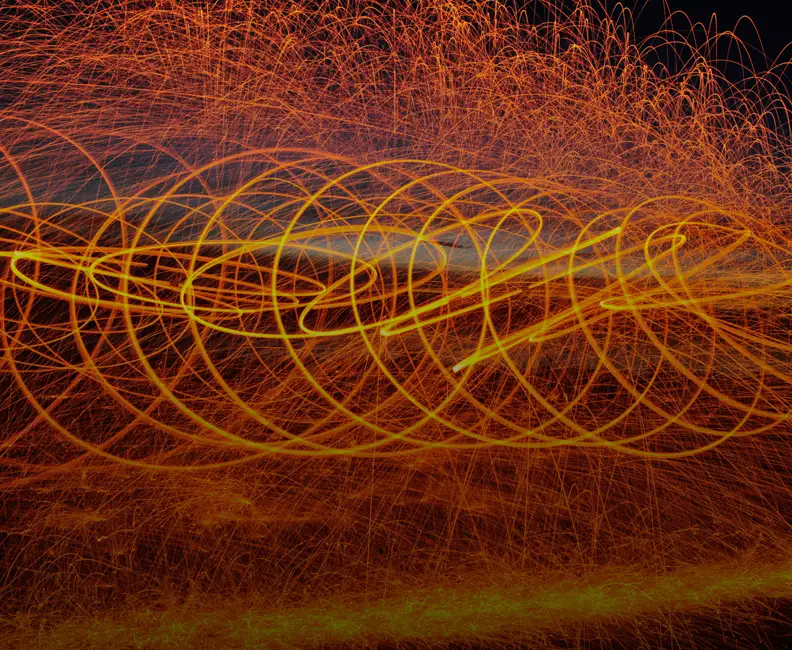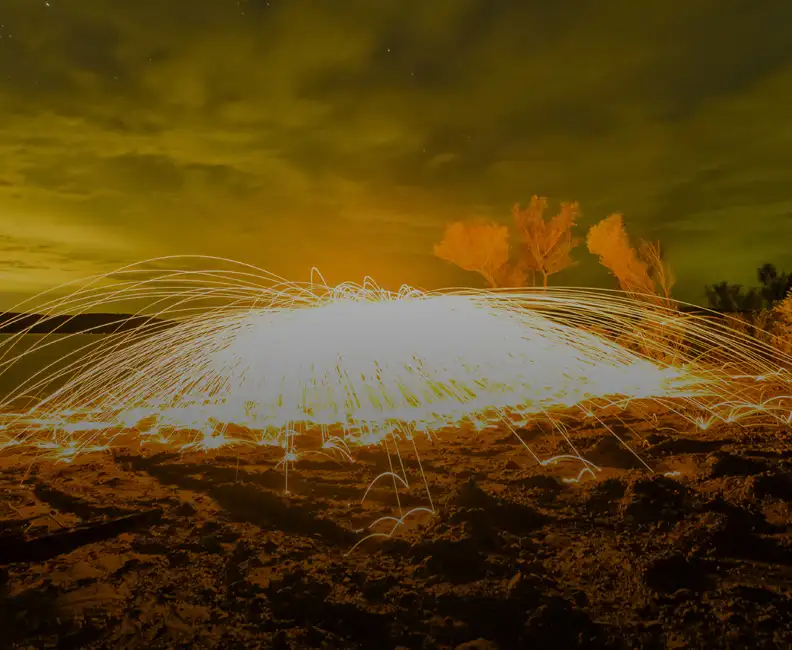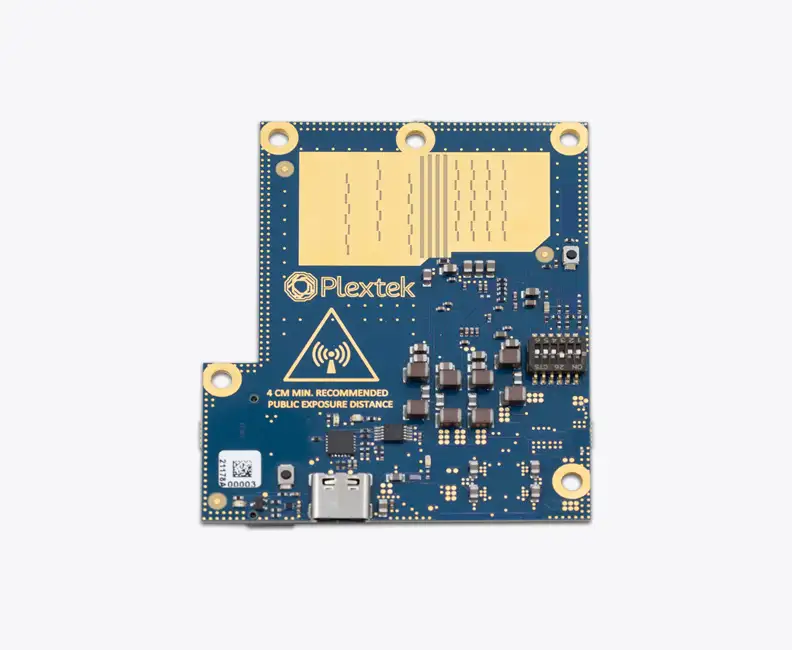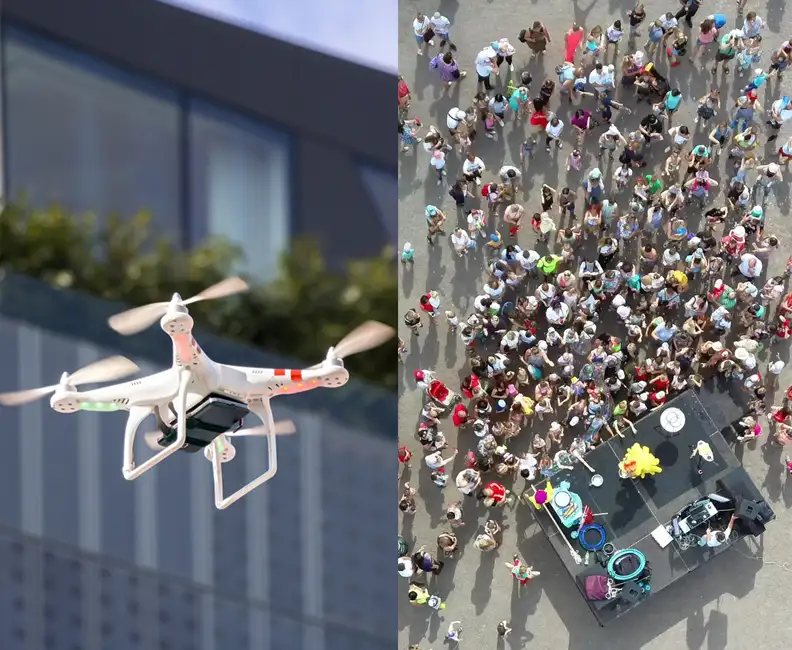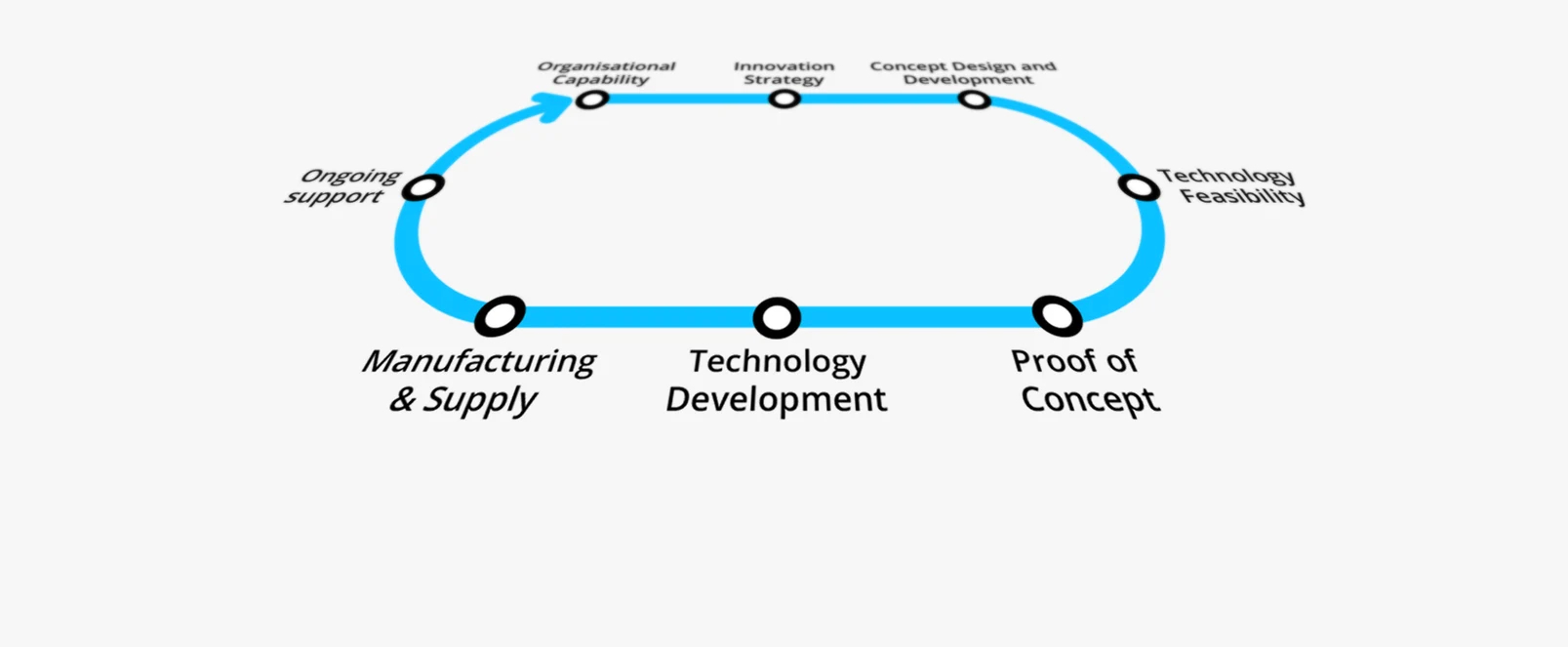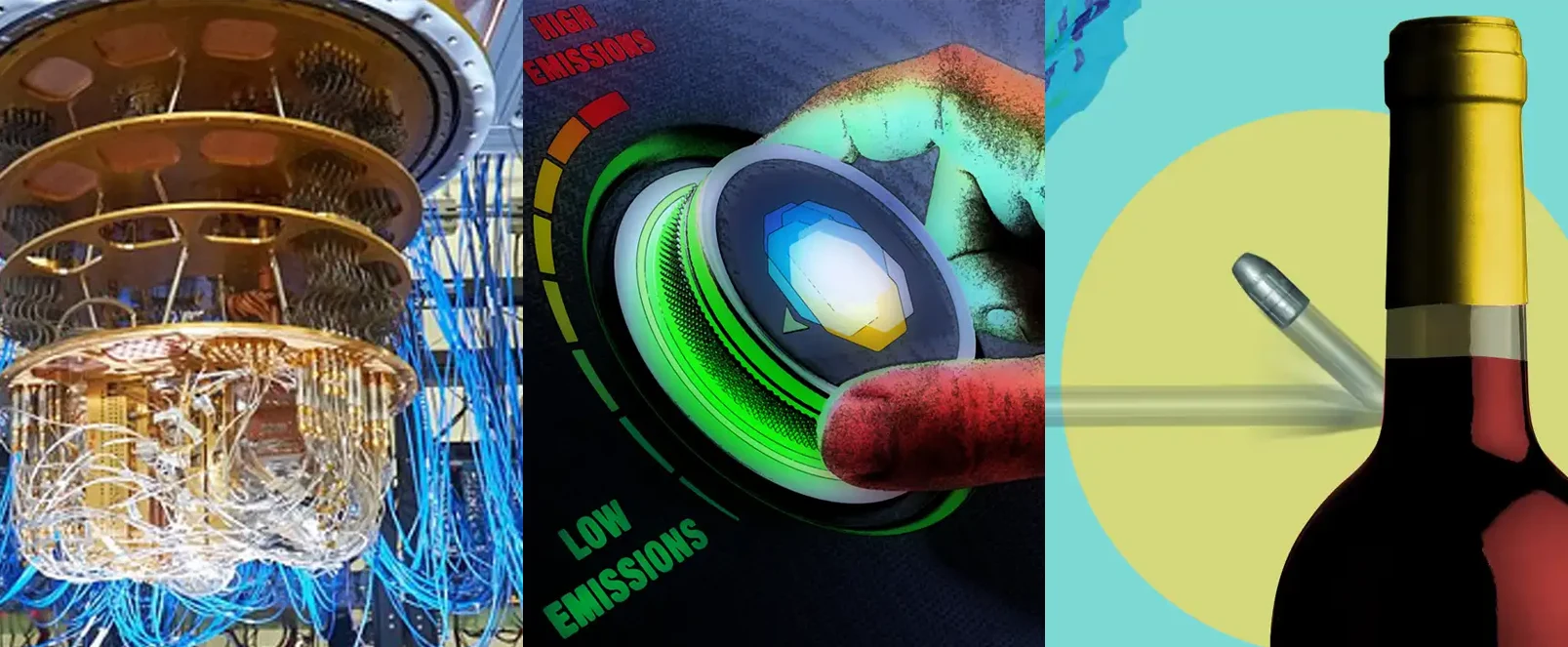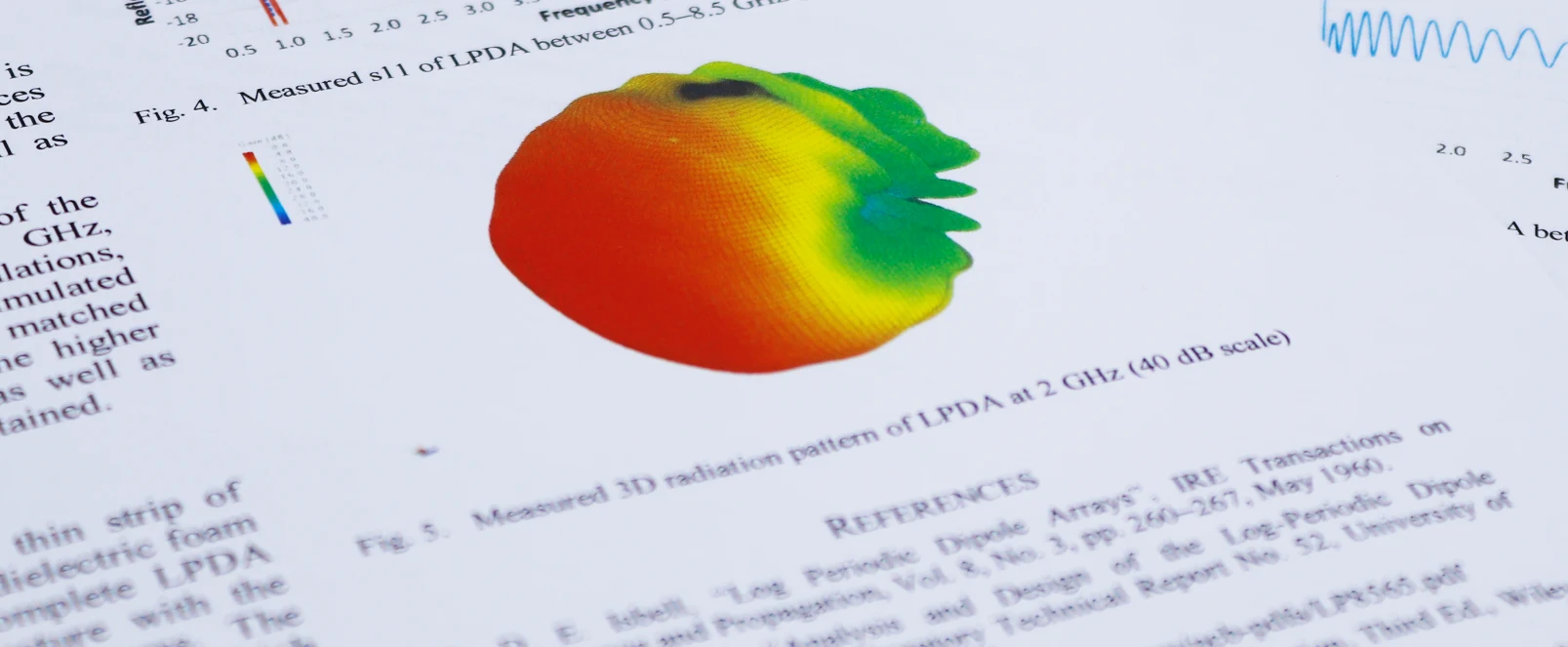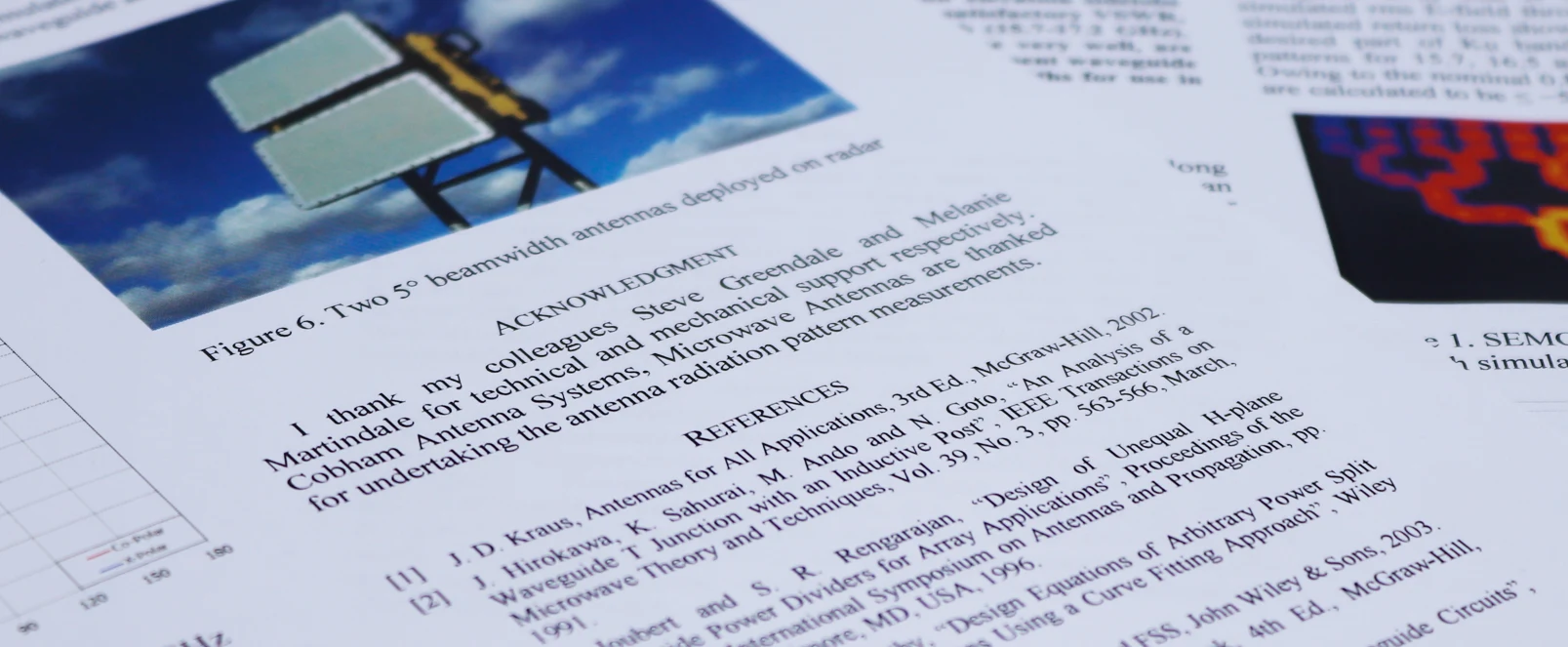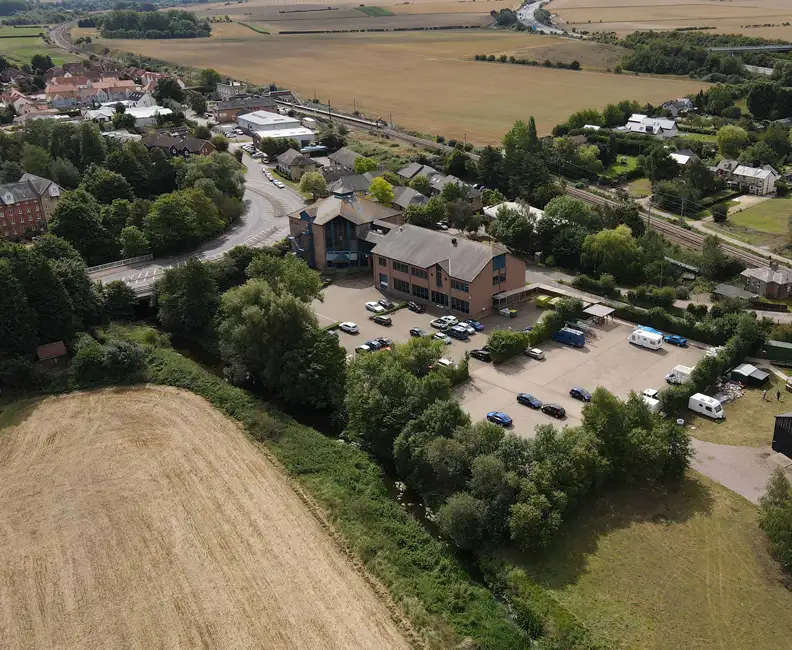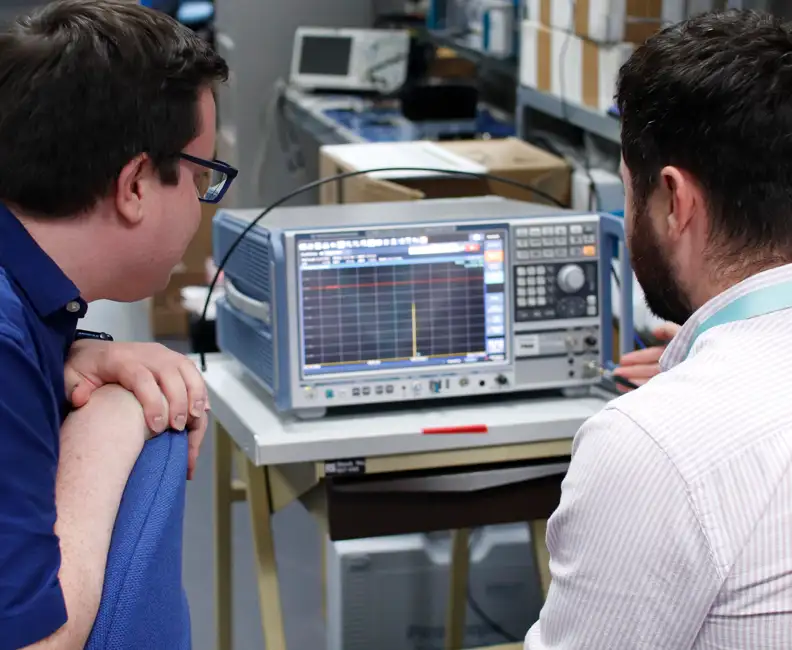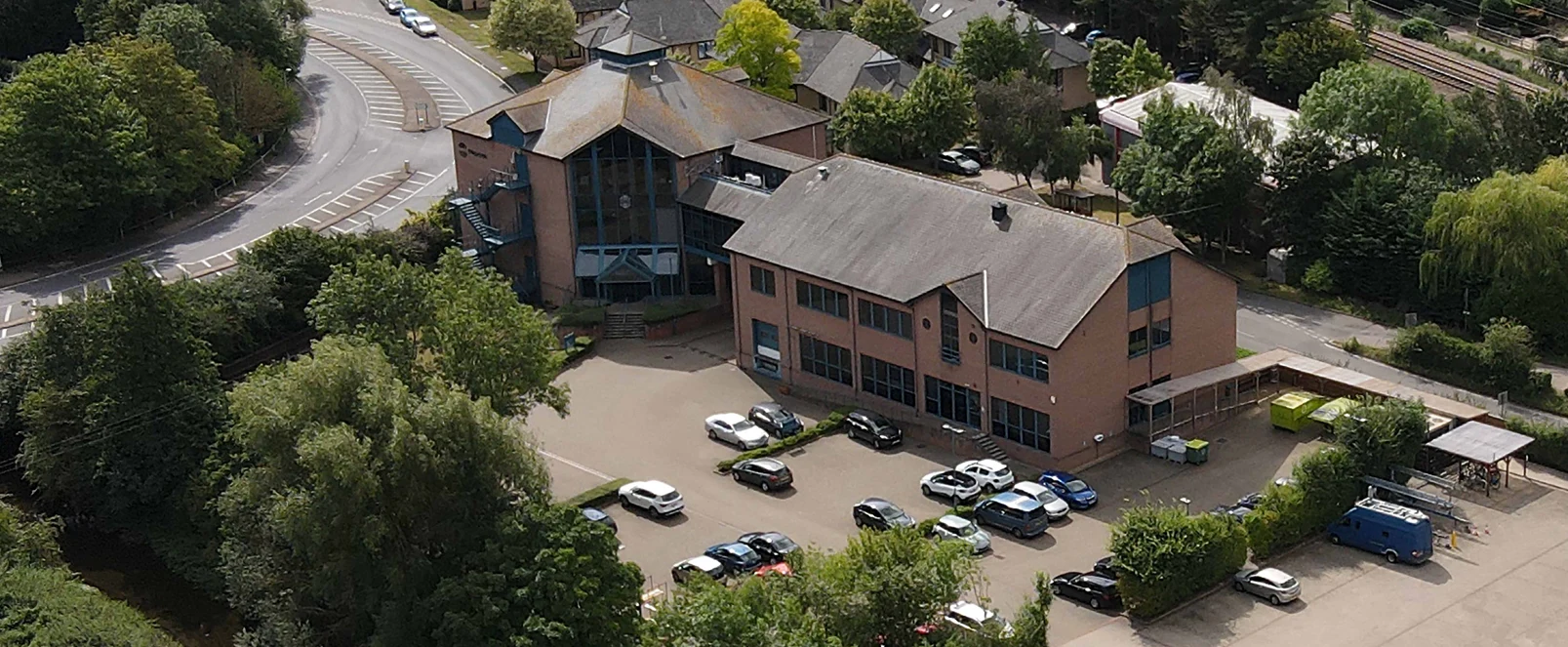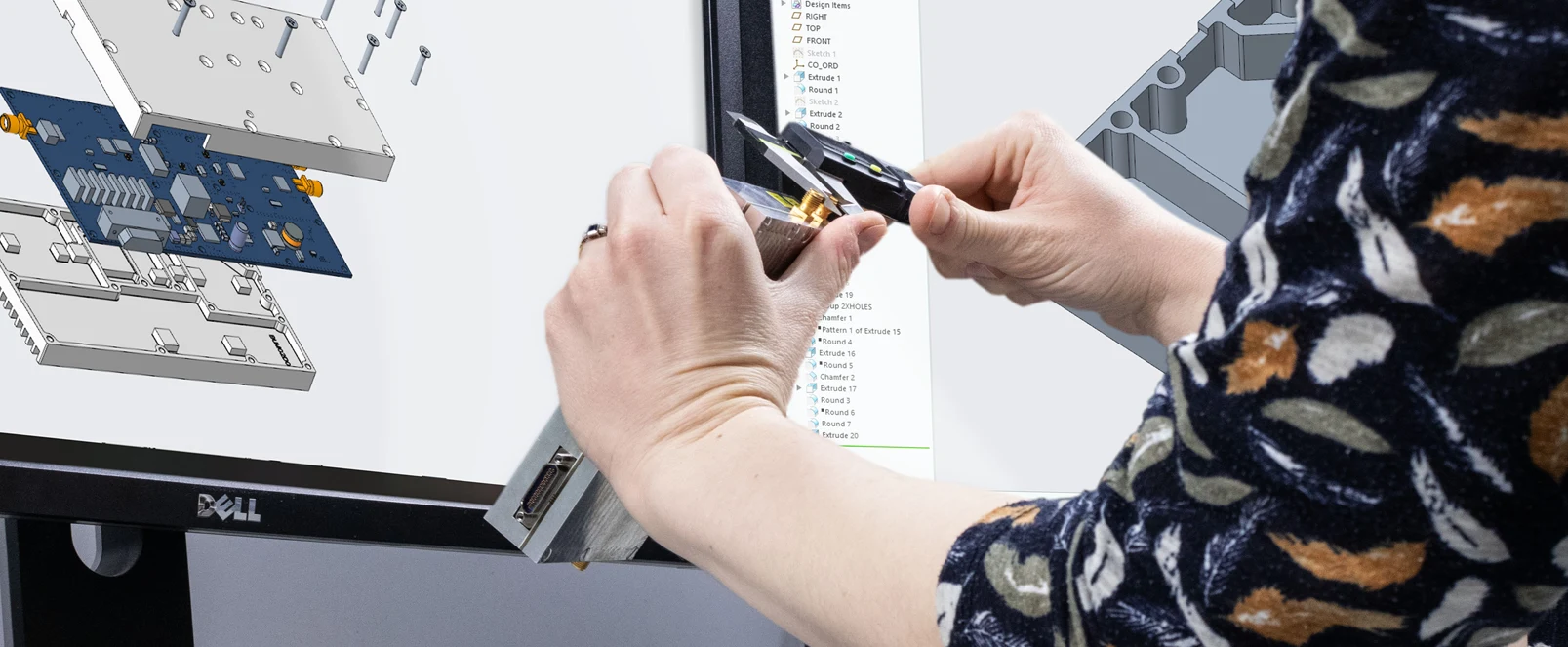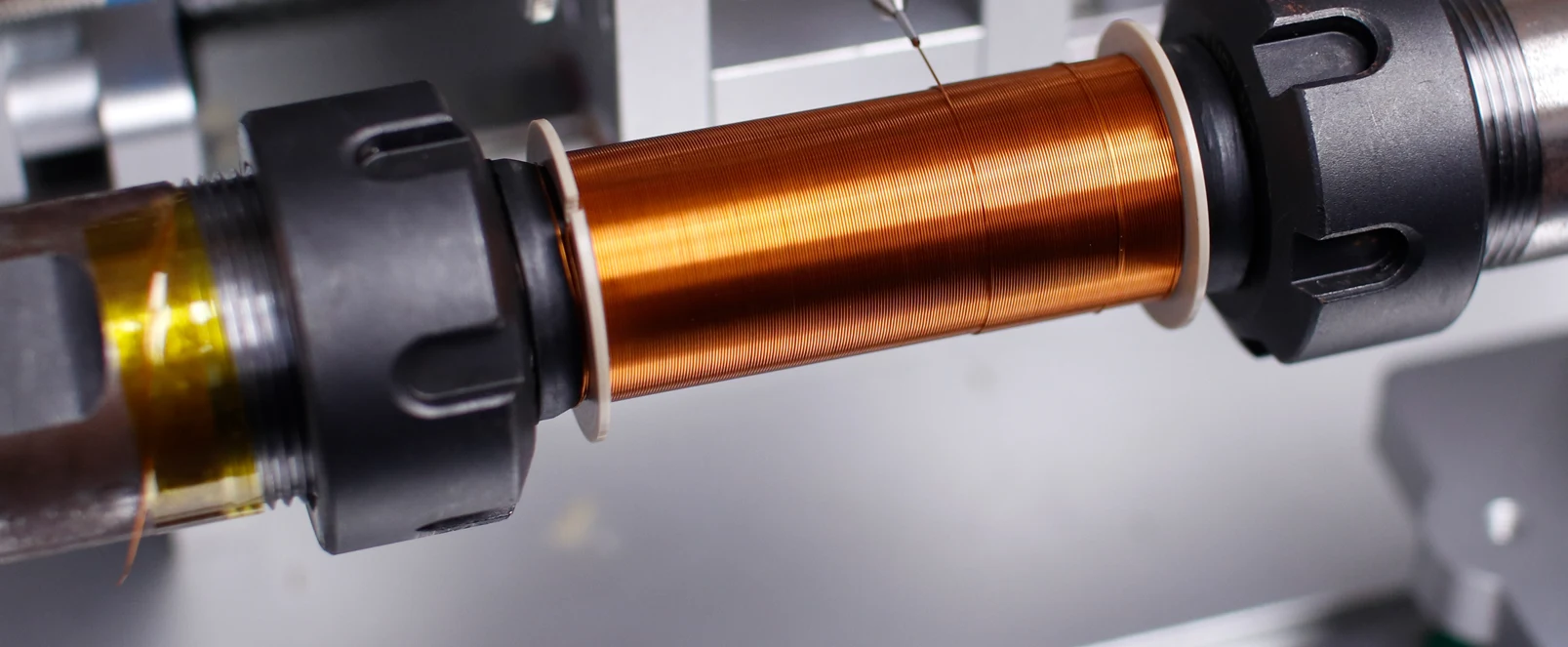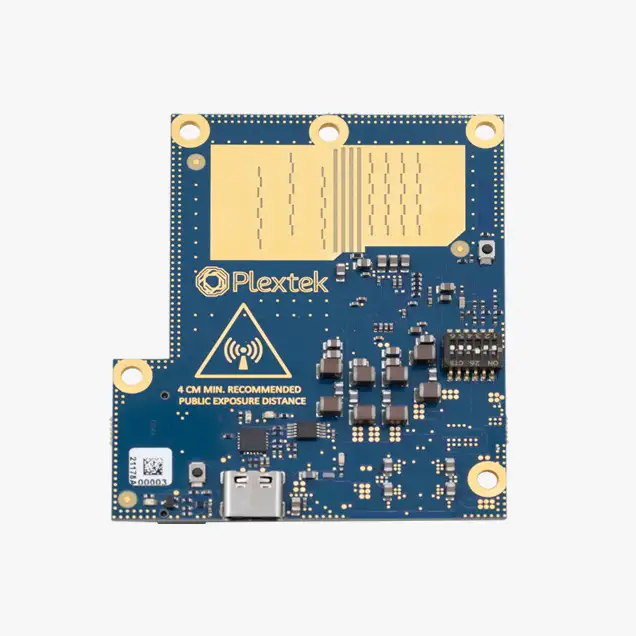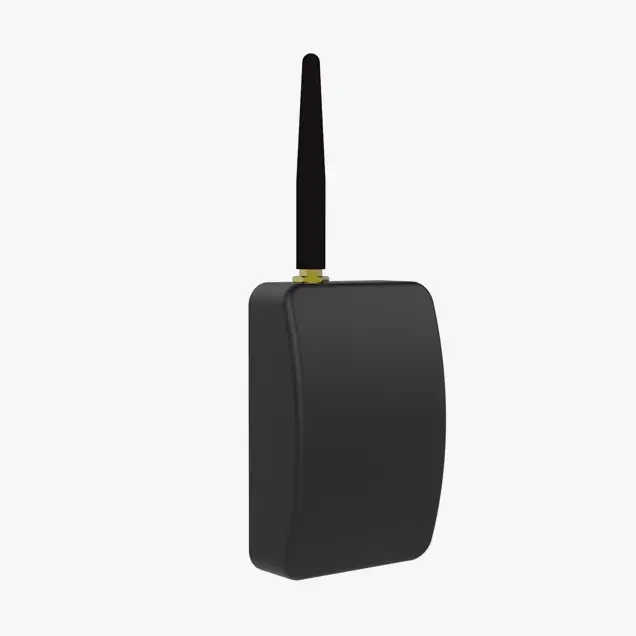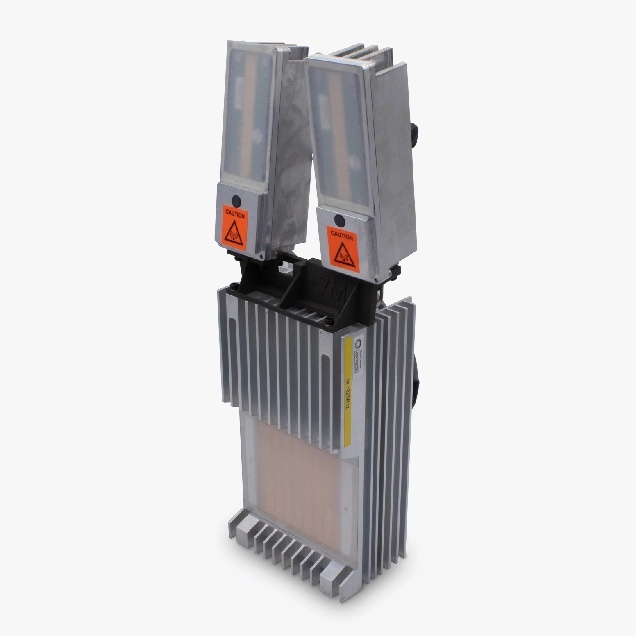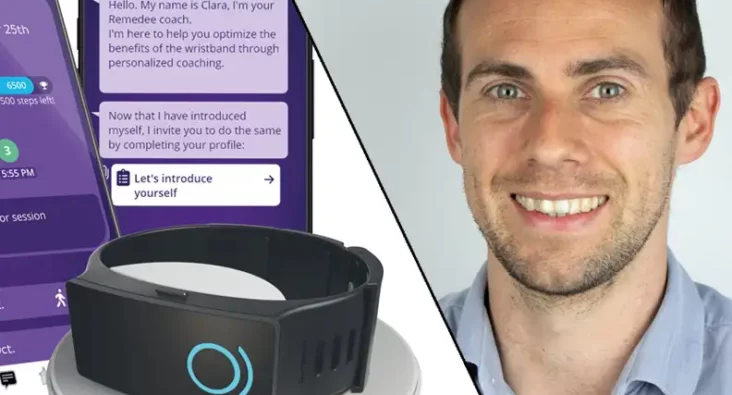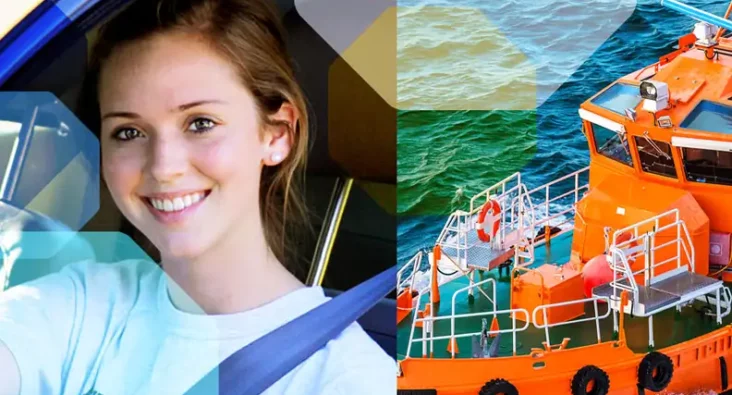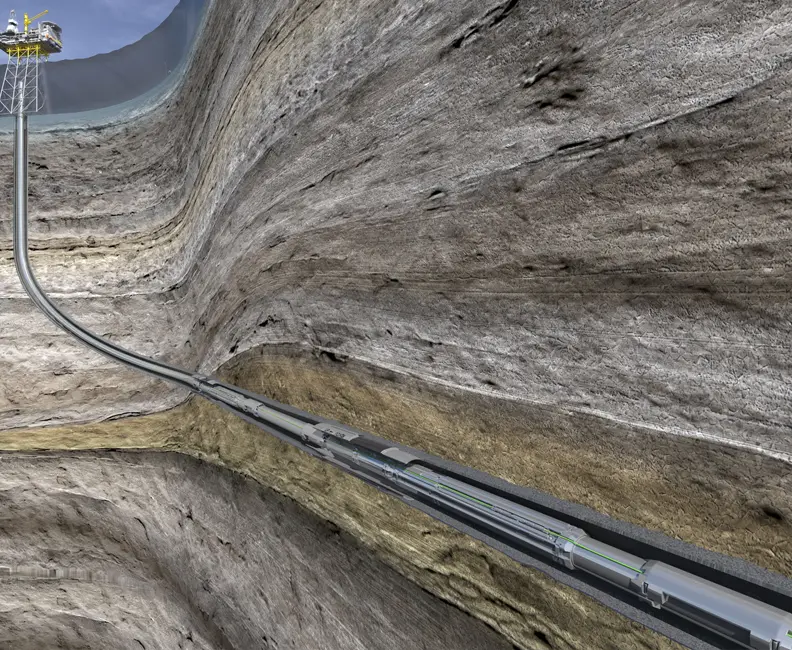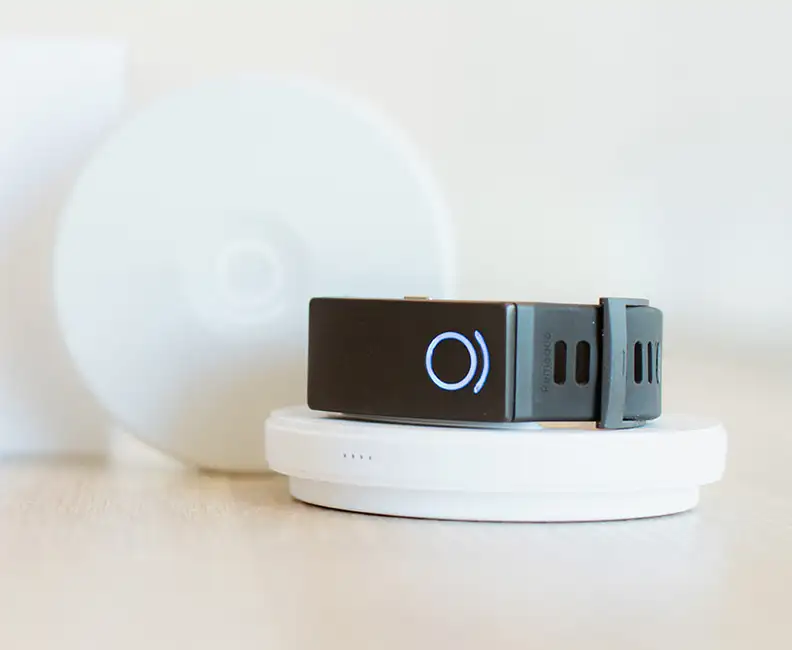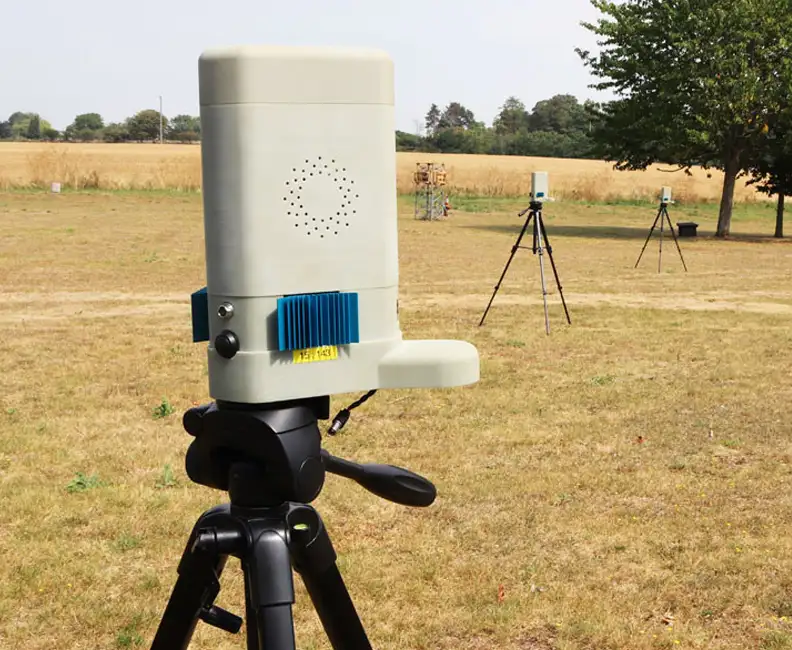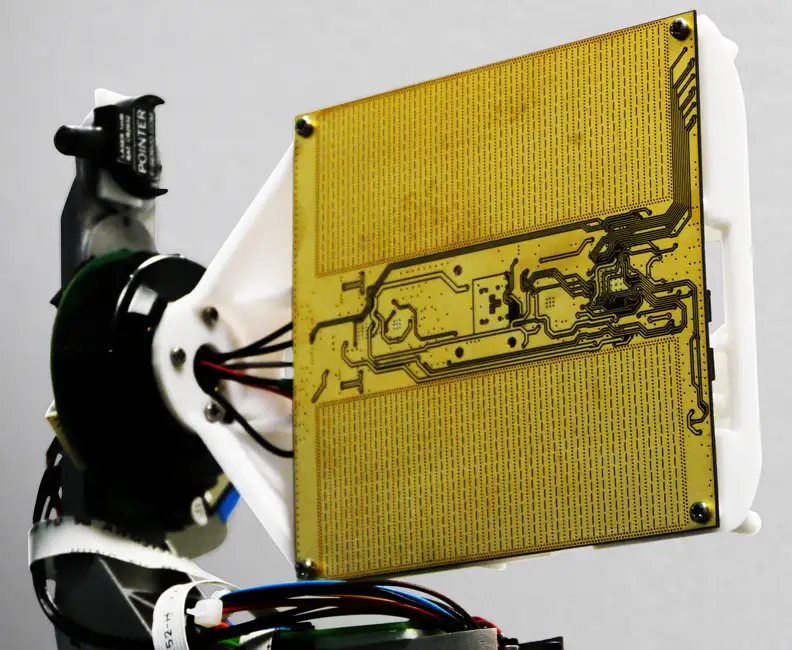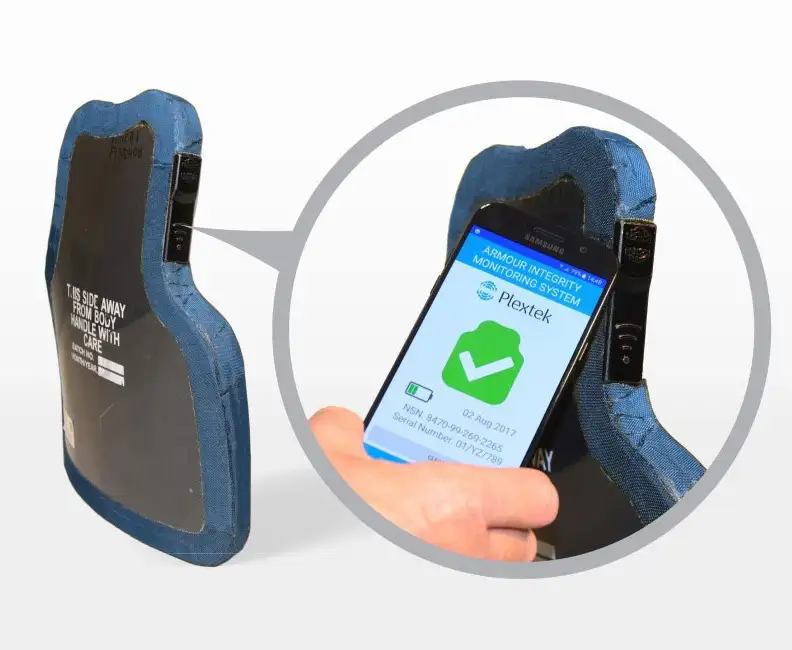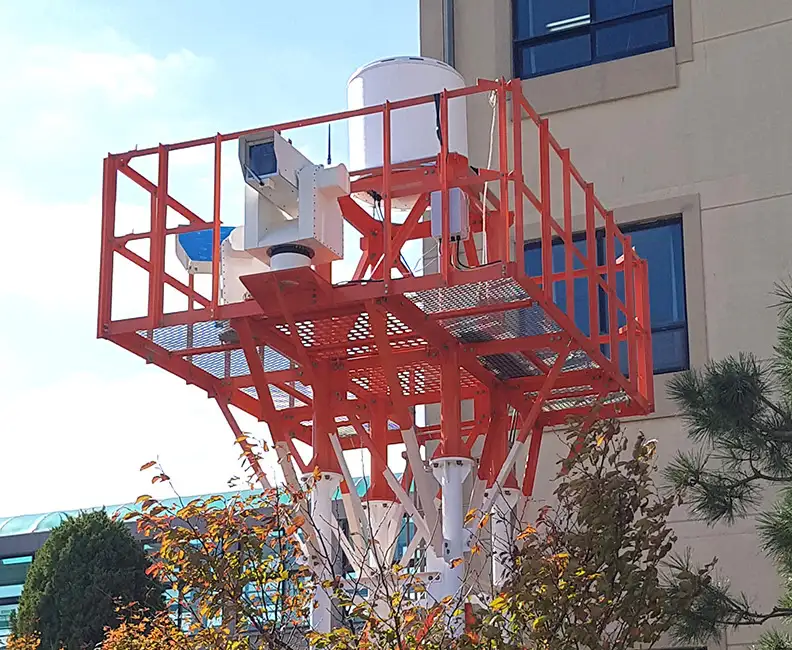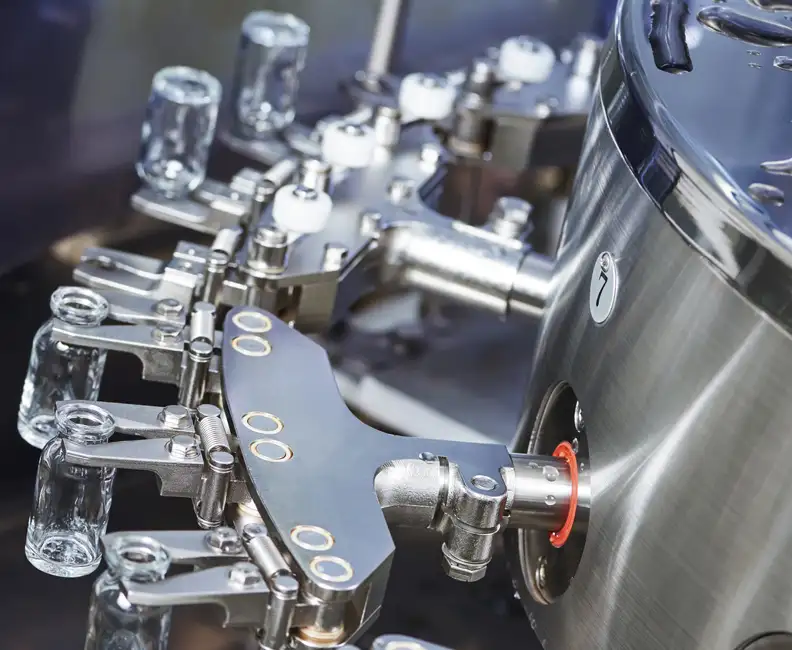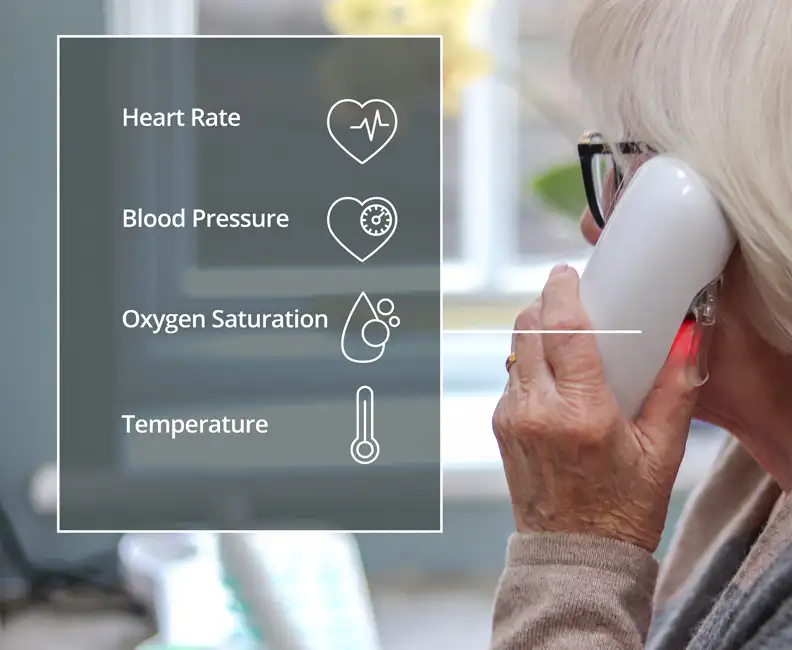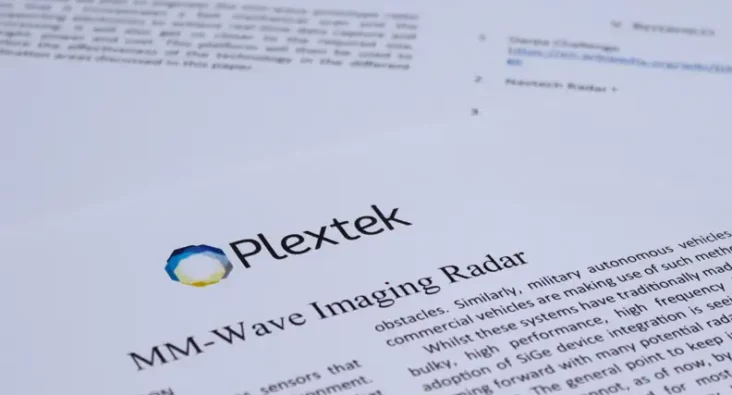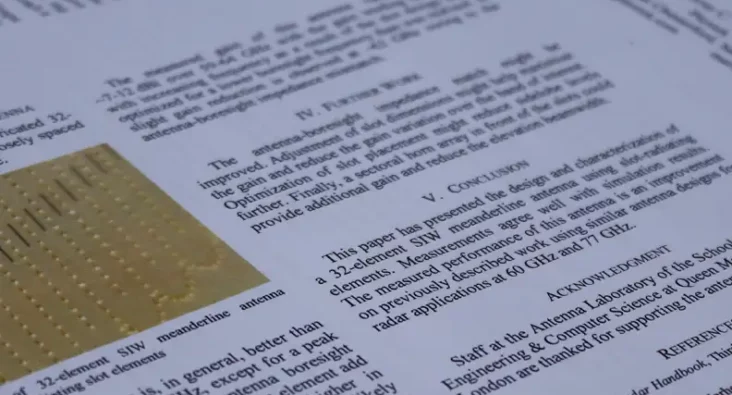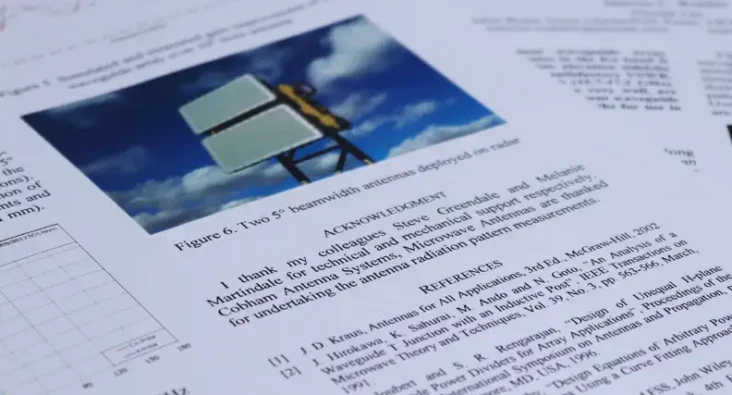Have you made a difference this year?
It is easy in the hustle and bustle of every day working life to forget to sit back and make sure we are on the right path, and really making the difference we want to – whether that is personal aspirations, education goals or work ambitions.
Our Engineering Director, Mark Hunter, reflects on the completed projects that have really made a difference:
We sometimes hear that candidates and current staff want to do work that ‘makes a difference’. One of the many joys of working in engineering, is being able to see the difference your work has made to a technology, an industry, and most importantly to people – either with their safety, their environment or their enjoyment. At Plextek we are blessed with a vast range of clients, which means we have a plethora of projects that our engineers can get involved with. Some projects stay as research pieces, and others go through to design, development and manufacture. As I reach the end of of the calendar year, I don’t want to think about the things I haven’t been able to do, but I have been thinking about some projects that we’ve been involved with at Plextek that do make a difference. This gives me motivation for the year ahead, and hopefully as we recruit more people to Plextek’s growing team, I can impart my enthusiasm to the next generation of engineers!
Here are my Top 6 favourite projects that ‘make a difference’:
- Vessel Tracking – devices fitted in vessels large and small that enable the UAE Coastguard to identify boats and provide assistance in emergencies
- Emergency Position Indicating Radio Beacon (EPIRB) as fitted to lifejackets used offshore. We helped a client utilise the latest satellite technology to develop a new generation of compact transponders that deploy automatically when a lifejacket is inflated.
- Technology for future drones. We develop sensing, navigation and communications technologies to enable drones to automatically sense their environment and coordinate with other drones.
- Young driver insurance black boxes. We develop advanced units that save inexperienced drivers money by encouraging careful driving. They also provide a ‘black box’ functionality that can record a crash and help work out what really happened.
- Airport radar for detecting debris on runways. We developed an advanced radar that searches for small items of debris on runways, to prevent burst tyres or damage to aircraft when taking off or landing.
- Complex electromagnetic technology for next generation electric motors. Electric motors will soon be replacing internal combustion engines. We are developing technology for a client to enable the design of more efficient motors of the future.
We undertake research and development for future technologies. Not all of it makes it to a product that you would recognise, but it all builds the knowledge of our clients and our engineers, and it can sometimes be transformative.
Technology Platforms
Plextek's 'white-label' technology platforms allow you to accelerate product development, streamline efficiencies, and access our extensive R&D expertise to suit your project needs.
-
01 Configurable mmWave Radar ModuleConfigurable mmWave Radar Module
Plextek’s PLX-T60 platform enables rapid development and deployment of custom mmWave radar solutions at scale and pace
-
02 Configurable IoT FrameworkConfigurable IoT Framework
Plextek’s IoT framework enables rapid development and deployment of custom IoT solutions, particularly those requiring extended operation on battery power
-
03 Ubiquitous RadarUbiquitous Radar
Plextek's Ubiquitous Radar will detect returns from many directions simultaneously and accurately, differentiating between drones and birds, and even determining the size and type of drone

